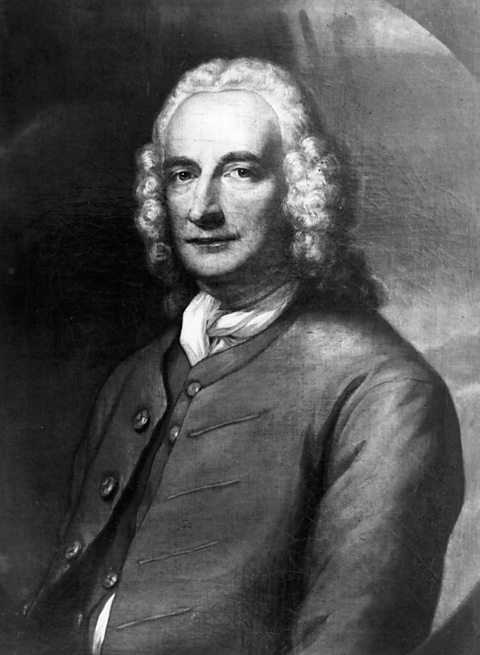The establishment and influence of the Bow Street Runners

The Bow Street Runners were established by Henry Fielding and his half-brother John Fielding in 1749. At first there were only six Bow Street Runners but the force was extended to seven other JPs. By 1800 there were 68 Bow Street Runners.
They were provided with handcuffs, a pistol and a stick. They were paid a guineaA coin worth £1 and 1 shilling. a week to catch criminals, and also received rewards from each successful conviction. At first, they wore their own clothes but were later given a uniform.
John Fielding was given a government grant to set up a horse patrol to deal with the rise in highway robbery. This only lasted for 18 months, but the idea was resurrected after his death in 1805.
John also began the concept of appealing to the public for help in solving crimes. He published a newspaper called The Quarterly Pursuit, which was later renamed The Public Hue and Cry. These newspapers publicised information on stolen property and crimes and descriptions of wanted suspects.
The effectiveness and influence of the Bow Street Runners
Half-brothers Henry and John Fielding led the Bow Street Runners well. The number of Bow Street Runners increased and they continued after the government grant ended.
The crime rate in Bow Street fell whilst the conviction rates increased. The horse patrol was highly effective at reducing highway robbery. In fact, it was so successful the Government stopped funding it because the robbery rate had fallen so much.
The success of the Bow Street Runners led to other initiatives following the deaths of the Fielding brothers.
- In 1792, the Middlesex Justices Act meant that seven other JPs were funded to extend the Bow Street Scheme to their areas.
- In 1798, the River Thames Police was set up. This was the result of the influence of another JP, Patrick Colquhoun.
- In 1805, a horse patrol was set up again. This had 54 officers nicknamed Robin Redbreasts because of their red uniform.
However, the Fieldings‚Äô work and influence was limited to parts of London ‚Äď the same old system of JPs and Constables remained in place everywhere else.